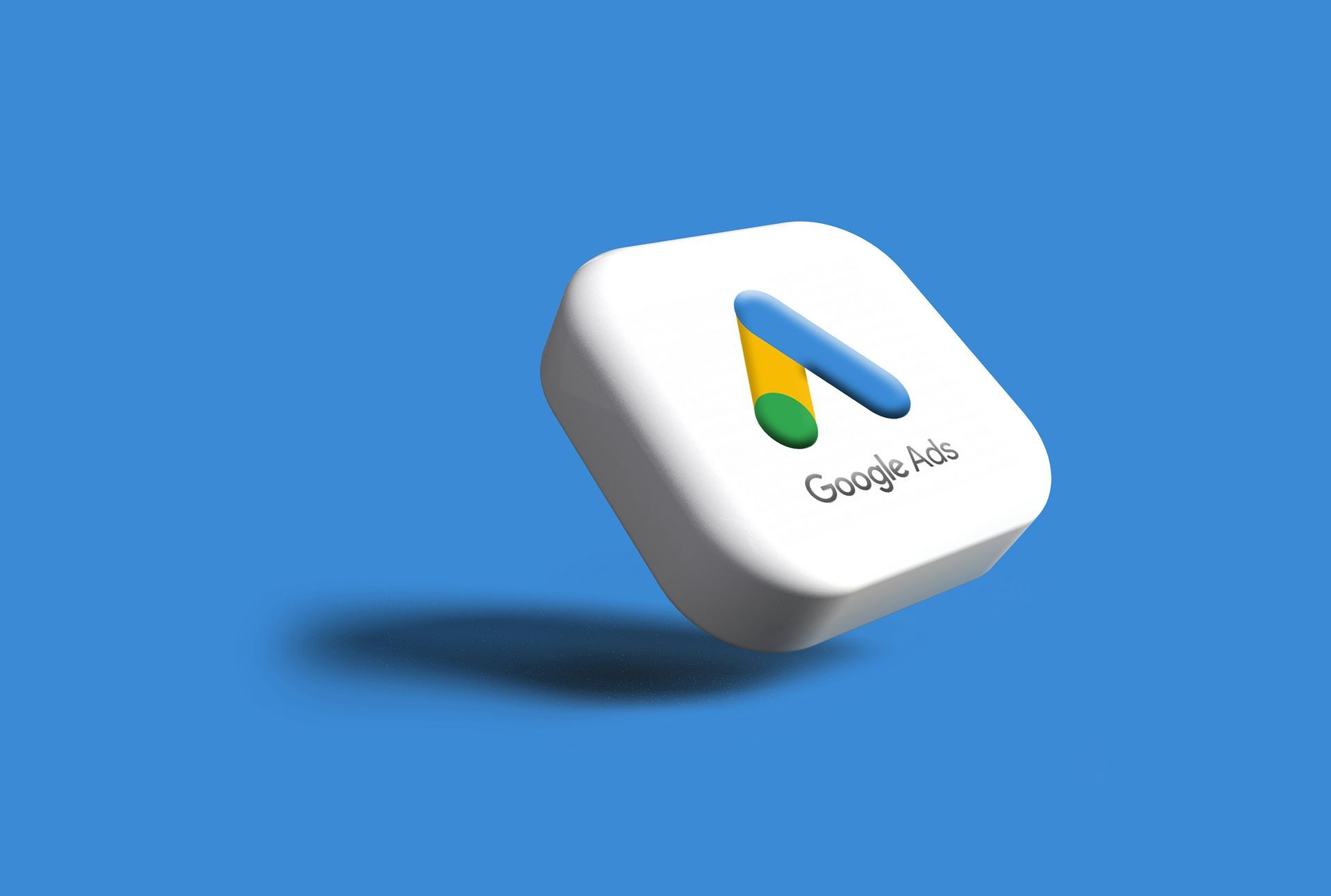AI Video Chatbot: The Future of Customer Interaction

The way businesses communicate with their customers is changing rapidly. Technologies like AI Video Chatbots offer an innovative and unique way to engage and support customers. But what makes these chatbots so special? And why are they the future of customer interaction? In this blog, we dive into the world of AI Video Chatbots and explore how they can help your business grow.
What is an AI Video Chatbot?
An AI Video Chatbot is an advanced virtual assistant that communicates with customers through video. Unlike traditional text-based chatbots, a video chatbot adds a human dimension to interactions. Imagine a virtual assistant welcoming customers, answering their questions, and guiding them during their visit to your website.
An AI Video Chatbot can help customers by:
- Finding products or services.
- Answering frequently asked questions.
- Explaining complex information in an accessible way.
- Guiding customers through the purchase process.
The Benefits of an AI Video Chatbot
Why choose an AI Video Chatbot? Here are some powerful advantages:
Personalized Interaction
By approaching customers in a personal and visual way, it feels as though they’re speaking with a real employee. This builds trust and creates a positive customer experience.
24/7 Availability
An AI Video Chatbot is always available, day and night. This means customers can get answers and assistance anytime, even outside business hours.
Improved Conversion Rates
By guiding customers directly to what they’re looking for, barriers in the buying process are removed. This leads to higher conversions and increased revenue.
Customer Satisfaction
Customers appreciate quick and accessible service. With a video chatbot, you ensure they are always supported, contributing to higher customer satisfaction.
Cost Savings
By automating common questions and processes, you save time and resources while your team focuses on more complex tasks.
How Does an AI Video Chatbot Work?
An AI Video Chatbot combines artificial intelligence with a visual interface. The chatbot understands customer inquiries through natural language processing (NLP) and provides relevant answers instantly. Through video, it adds an extra layer of personalization and clarity.
For example, the chatbot can:
- Recommend products and services based on customer needs.
- Provide real-time support for questions.
- Deliver step-by-step instructions, such as filling out a form or completing a purchase.
- Explain specific campaigns or offers.
Where Can You Use an AI Video Chatbot?
An AI Video Chatbot can provide value in virtually any industry. Here are some examples:
- E-commerce: Guide customers while shopping and recommend products.
- Real Estate: Offer virtual tours or inform customers about available properties.
- Financial Services: Provide insights on services, rates, or loan applications.
- Healthcare: Assist patients in making appointments or provide information about treatments.
Why is an AI Video Chatbot Useful for Your Business?
With an AI Video Chatbot, you can:
- Enhance customer engagement by offering a unique and personal experience.
- Optimize processes by automating repetitive tasks.
- Create a modern and innovative impression that stands out to customers.
- Build trust and loyalty by providing quick and accessible assistance.
Want to Learn More? Request a Free Assessment
Curious about how an AI Video Chatbot can benefit your business? Request a free assessment on our website. We’ll analyze your specific needs and show you how this technology can help grow your business.
Conclusion
An AI Video Chatbot is more than just a virtual assistant. It’s a powerful tool that helps businesses work more efficiently, increase customer satisfaction, and generate more revenue. In a time where personal and direct interaction is becoming increasingly important, an AI Video Chatbot can make the difference between a good and a great customer experience. Is your business ready for the future of customer interaction?
ALL OUR OTHER NEWS:







